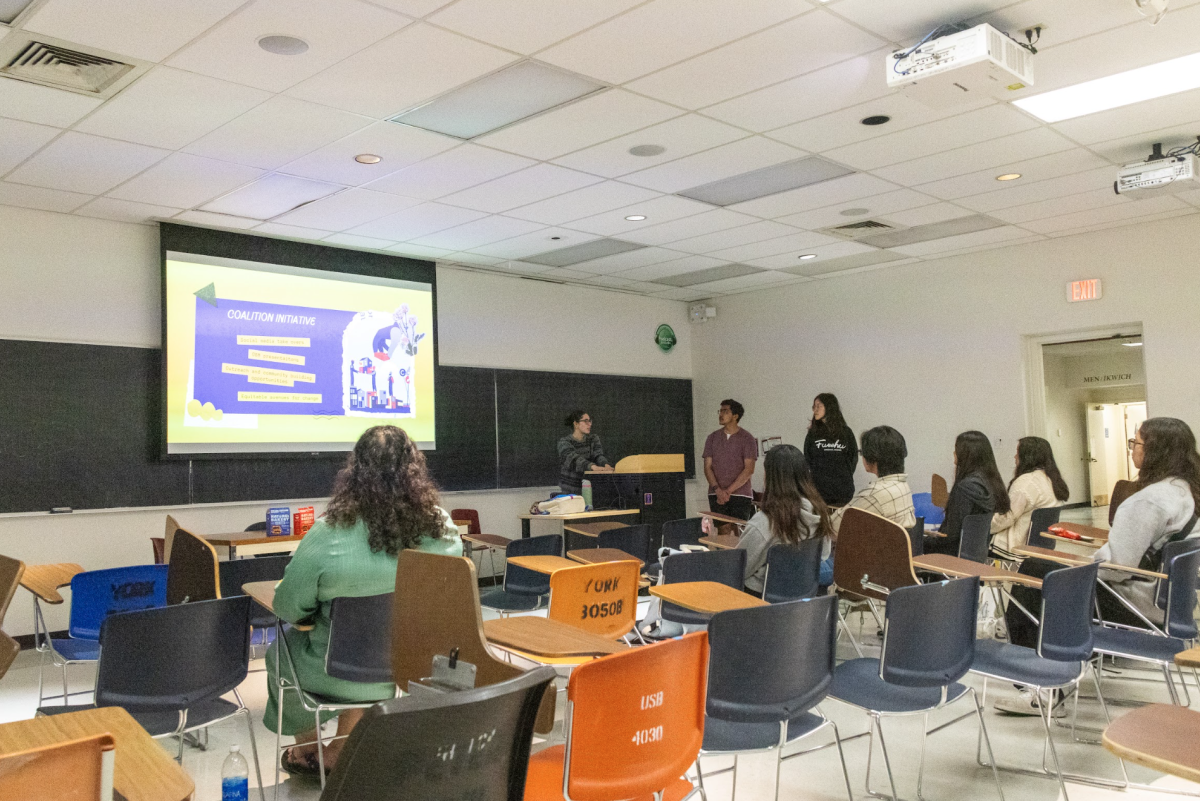Thomas Levy spends a lot of time in the dirt. During the cooler seasons, the UCSD anthropology professor and archeology chair takes a group of graduate students with him to the copper district in the south of Jordan, where they brave the sweltering heat while excavating copper mines six days a week — all in hopes of discovering connections between the Iron Age and the Old Testament. The project was met with a fair share of skepticism — droves of historians question the reliability of the ancient texts and their authors. It wasn’t until 2002, when data from various field tests came back, that their controversial move started to pay off. The professors’ radiocarbon tests (of organic material found on miners’ workbenches or around the mines) suggest that skeptics have been wrong and the Iron Age began in the 10th-century B.C.,
rather than the 12th. The discovery of 10th- century mines realigns history to coincide
Until now, evidence supporting the existence of an Edomite empire has been minimal, but the team’s ironclad evidence has provided historical scenarios that make Biblical accounts possible and reopened the debate.
“What we’re excited about is discovering what appears to be an early Biblical kingdom of Edom,” Levy said. “We’re claiming we have evidence of a complex society that mirrors some of the things we read in the Hebrew Bible about the ancient Edomites at this time.”
As for the man behind the metal, Levy received his degree in anthropology from the University of Arizona in Tucson and his PhD from the University of Sheffield in England, though his interest in the field began at the age of 14.
“We had a cultural anthropologist that was a friend of ours and he had worked in Africa,” Levy said. “I was 14, and hearing about his adventures and the kind of work anthropologists did, and I wanted to do it too. But as a youngster you can’t really do cultural anthropology, so I volunteered for an archeology dig and went on my first excavation in Los Angeles.”
Levy has always been interested in humanity’s cultural cradle — he first began studying cultural archeology in Israel. The researcher was lead to southern Jordan after discovering traces of metal in Israel that originated in the former, and promptly requested a transfer there. The area was covered in black rock, the waste product of smelting, indicating that the area had been used as a ground for metal works at some point.
“I had done some work in Israel, and the ancient copper mines that we’d discovered when we did a chemical analysis that showed that they came from this part of Jordan,” Levy said.
The move proved to be a smart one; in addition to shaking up the historical timeline, the research earned them funding from the National Science Foundation, the National Geographic Society and private donors. It also gave them exposure via a feature on this month’s cover of National Geographic Magazine, and translated to a near-hour long feature by National Geographic and PBS’ NOVA that debuted last week.
“It was great working with the National Geographic-NOVA television team,” Levy said. “The director has a PhD in anthropology, so he knows how to tell an anthropological story.”
Prior to receiving funding and making the switch to more advanced technology, Levy and his team had to use dated techniques to conduct their excavations.
“In 1999, I decided to make the switch to a total digital archeological recording,” Levy said. “The old-fashioned way uses tape measure, graph paper and builder’s measures to eyeball elevation levels.”
The funding allowed Levy and his partner, visiting UCSD scholar Dr. Mohammad Najjar, to work with engineers at Calit2, including engineering professor Falko Kuester, who helped to create more precise technology and new methods of surveillance.
“With the survey tools, it allows us to go out there and record the location of arti- facts within one millimeter of accuracy,” Levy said. “What that means is that our data is already geospatially oriented and we can drop it into 3D virtual reality environments, like the StarCAVE at UCSD.”
Levy explained that the StarCAVE, located on the first floor of Calit2, is a virtual reality theater that projects images on the floor and 360 degrees around the room. It allows the archaeologists to recreate the excavation from their recording as if they were still in Jordan.
The partnership with Calit2 and technological advances allowed Levy’s archeologists to accurately capture the two most important anthropological aspects accurately — time and space. Digital technology has been one of the focuses of his long-running research in Jordan.
“For archeologists, our most precious com- modities are time and space,” Levy said. “We have to be able to measure time accurately to look at cultural evolution. How do we do that? We use high-precision carbon dating. The other, most important resource for us is to control space, to control the location of artifacts in their original cultural context. If
you go to a site, pull up a beautiful pot and take it away, it has no context, and when you rip it out of the ground without a context, it loses its social meaning.”
During the digs in Jordan, Levy and his team were among the first to use radiocarbon dating on the biological substances (anything containing carbon) they found to determine when the mines were first put into use. The team began to use radiocarbon dating in 2002, and Levy and Najjar published their first jour- nal on the matter in 2004.
“What we would find, associated with all those well-defined layers — like floors and working surfaces — we might find pieces of charcoal or pieces of carbonized seeds, like date seeds and we would radiocarbon date them,” Levy said. “And seeds are great, because they’re what we call ‘short-lived samples.’ It represents one growing season.”
When results from hundreds of high-precision radiocarbon tests on organic matter (more than any other Iron Age site in the Middle East) began pouring in, indicating dates before the historically accepted 12th- century mark, the scientists knew they’d stumbled across something remarkable.
Now, near a decade later, Levy is close to finding whether the purported stomping grounds of King Solomon and David really existed. At the moment, however, the data is non-conclusive as to whether the historic figures’ empires existed.
“It’s from the time of Solomon, but the only way we could possibly know if we’d found something related to a historic figure like David or Solomon is if we had an inscription, and we don’t,” Levy said.
But the discovery is the first step.
“We’re planning a new project at what we think is the political center of this mining district, where archeologists have actually found field systems,” Levy said. “[We’re hoping to find] evidence of the administrative structure of the mining operations, and maybe even some inscriptions.”







